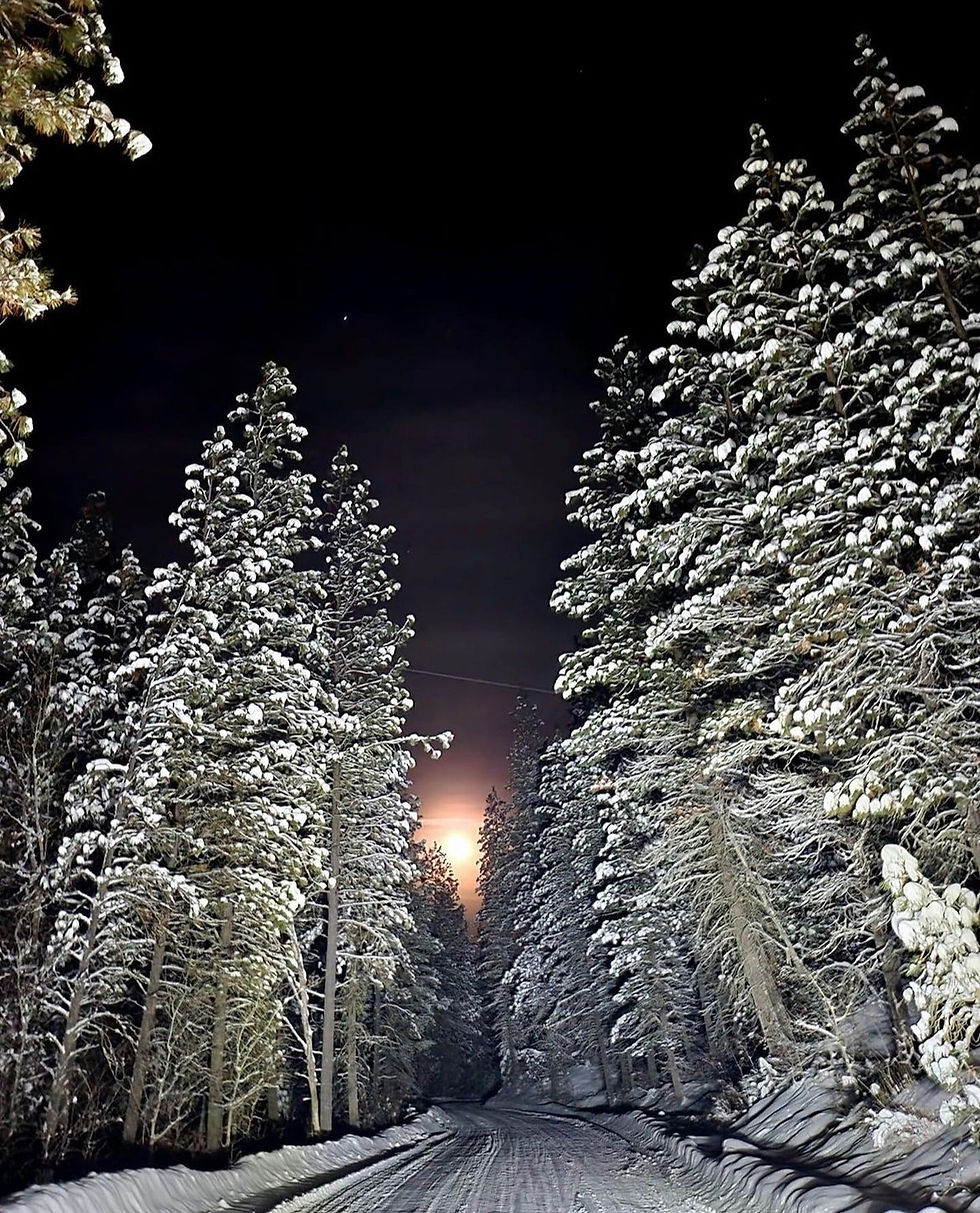The Story of Winter Words in Art & Literature
- Melanie Grant

- Sep 12
- 3 min read
TRANQUIL • LUMINOUS • ROOTED
Stories from the studio, reflections on process, and the art of the handmade.
Winter has always had its own vocabulary — words that sparkle like frost on a window or echo like boots in the snow. Across centuries, poets, painters, and storytellers have reached for
language to capture the hush, shimmer, and brilliance of the season.
But why do certain words stick with us? And how can one little syllable — Frost, Echo, Glow — summon entire landscapes in our minds? The Story of Winter Words in Art & Literature.

❄️ Words That Paint the Season & The Story of Winter Words in Art and Literature
Writers and artists have long used winter words as shortcuts to atmosphere:
Frost: Not just a chill on the air, but Robert Frost’s “frozen silences” and Jack Frost nipping at our noses.
Shimmer & Glisten: Painters of snowy scenes leaned on these words to suggest what brushes couldn’t quite capture — the way light breaks into fragments across ice.
Echo: In winter, sound travels differently. Hollow, sharper, sometimes eerie. This one word in a poem can conjure both solitude and reverence.
Each of these words is a kind of palette — dipped into whenever winter needs to be evoked.
📚 Literature’s Love Affair with Winter Words
The Romantics adored snowfall for its symbolism of purity and stillness (though anyone who’s shoveled a driveway might argue otherwise).
Folklore traditions clung to embers and firelight, celebrating winter gatherings as a time of story and survival.
Modern writers often use drift and glow to signal movement and mood — a snowdrift here, the glow of a candle there — little scene setters that do heavy lifting with very little ink.
Winter words often say more by saying less: Shiver, Gather, Radiant. They’re quick postcards from the season.
🎨 Words as Material
As an artist, I’ve always been fascinated by how these fragments of language behave like physical materials. A word can be layered like paper, collaged into a new context, or pressed into a page until it becomes both meaning and texture.
When I began sketching out my new Twelve Days of Winter collection, I leaned on this long tradition. I wanted words that had weight in art and literature, but also felt personal — words like Kindle, Pine, Glow. They became the threads that tie together my books, pagekeepers, and ornaments.
😉 A Touch of Humor to Melt the Chill
Of course, some winter words have a darker side. “Frostbite” is rarely poetic, and “slush” is no one’s favorite metaphor. (Unless you’re a guillotine paper cutter — in which case, slush is just what’s left on the studio floor after trimming a stack of heavy paper.)
Words, like Winter, are better when we focus on the luminous parts.
🌟 Why These Words Matter
We return to winter words because they help us navigate a season that can feel both harsh and beautiful. They remind us of the shimmer in darkness, the glow in cold, the ember in stillness.
And for me, they became a way to tell a story — not just of winter in Northern Idaho, but of memory, craft, and handmade things meant to last.
Over the coming weeks, I’ll be sharing how each of these words comes to life in my Twelve Days of Winter Collection. Think of it as literature, but bound in books, framed as ornaments, or tucked into a book saving a page. Because sometimes, the best way to hold onto a season is to hold onto a word.
The Twelve Days of Winter Collection is unfolding word by word — books, pagekeepers, and ornaments shaped by winter’s light. Be the first to see it by signing up for exclusive access.
❄️No spam, just handmade inspiration.
✦ Photography captured through the lens of Hilde Morin✦










Comments